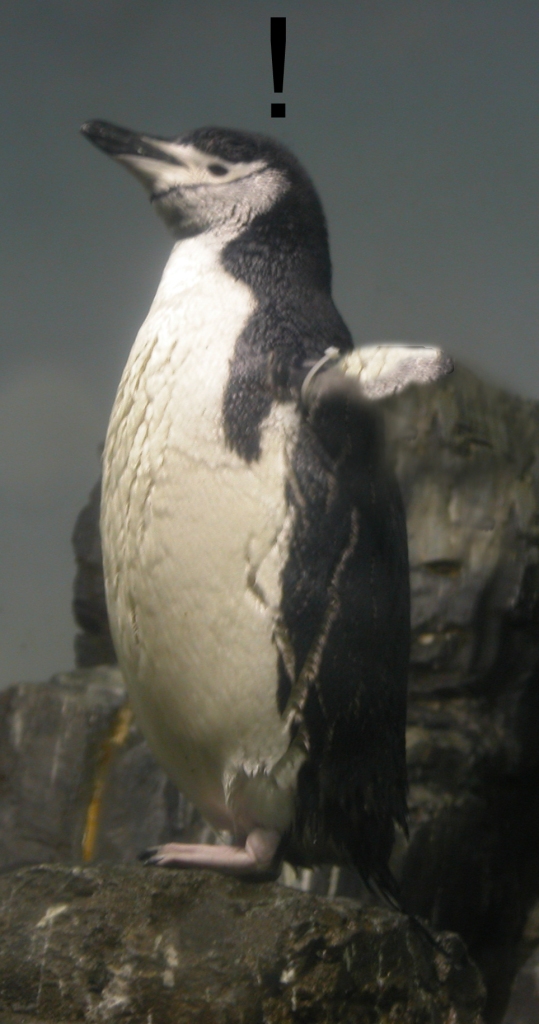Palaeoapterodytes ictus, the flightless, swimless penguin
Following up last week’s post on a humorous mistaken “discovery”, this post revisits a bizarre misinterpretation of the fossil record. Patagonia is a land rich in fossils of all kinds, from giant sauropod dinosaurs to the tank-like armored mammalian glypotodons. Most of these fossils are found in terrestrial deposits, but near the coast ancient marine rocks preserve a wealth remains from sea-going creatures, including a diverse set of penguins. Sediments dating to about 20 million years ago are the main penguin bearing deposits, and the most common fossils belong to Palaeospheniscus. The famed Paraptenodytes also lived in this region.
One of the major follies in penguin paleontology was the naming of Palaeoapterodytes ictus in 1905 by the famous Argentine paleontologist Florentino Ameghino. The name means ancient wingless diver. Only a single bone was used to name the species, a humerus (the main bone of the flipper). The bone lacked is distal end, leaving Ameghino to surmise that the species had evolved towards extreme reduction of the flipper, leaving only a tiny stub of bone. Flightless birds have reduced their wings many, many times over the course of evolutionary history. However, penguins aren’t truly flightless when one considers that they “fly” through the water using their flippers just like volant birds fly through the air with their wings. A wingless penguin would be an awkward fellow indeed. I’d assume such a creature would be restricted to hopping around on the shore and perhaps making one good leap into the ocean before floating away like a buoy with no way to control itself.
In reality, the bone was just damaged. Lambrecht pointed this out in his 1933 monograph on fossil birds of the world. George Gaylord Simpson, in the days when scientists were permitted to write in a more engaging voice, wrote of Palaeoapterodytes ictus “based on a manifest error, the name might best be quietly forgotten.” Still, it is interesting to imagine what such a penguin may have looked like….

I’d not heard of this saga before. Priceless!
Roger
July 2, 2011 at 12:29 am
I had heard the Woolly Penguin story before, but not this one – thanks for sharing!
Anthony Brown
July 2, 2011 at 9:27 pm